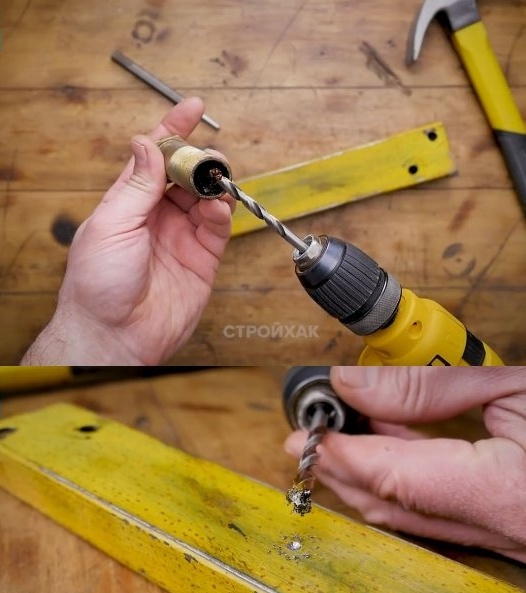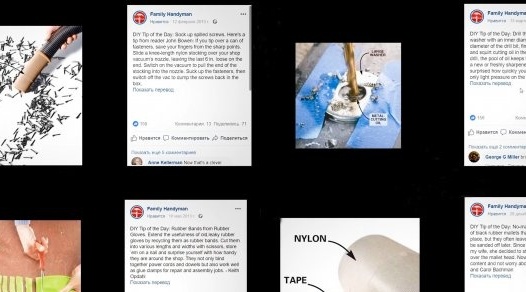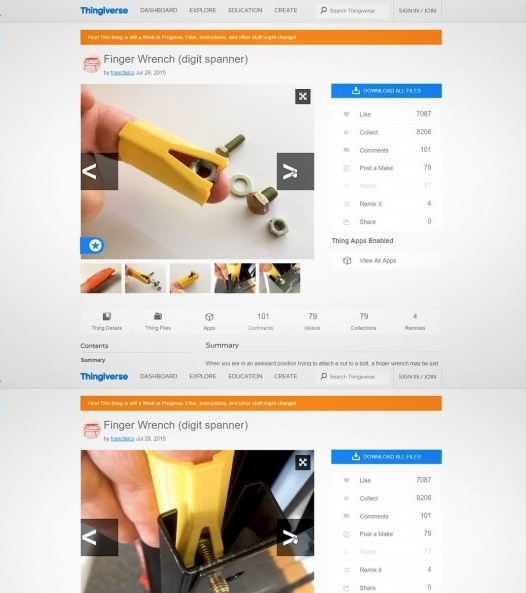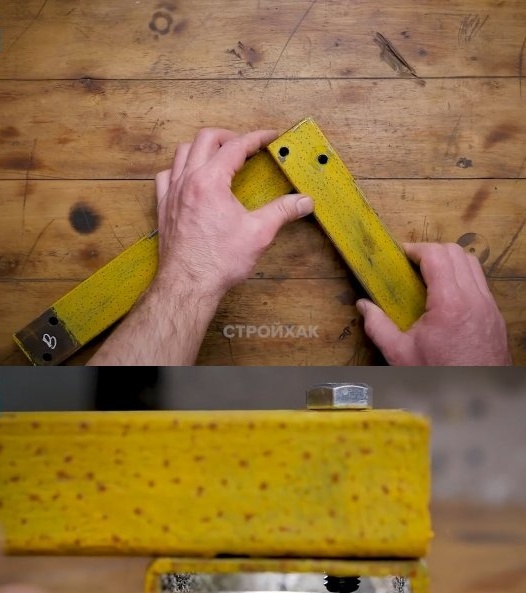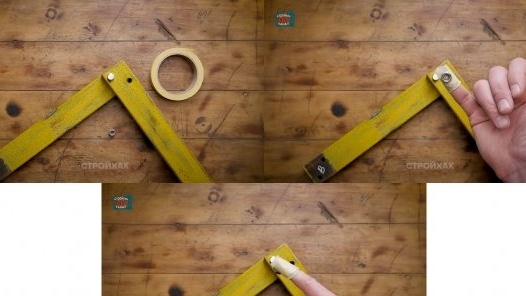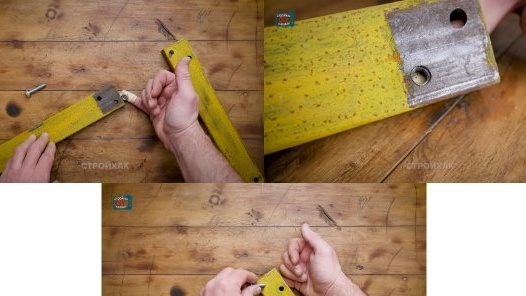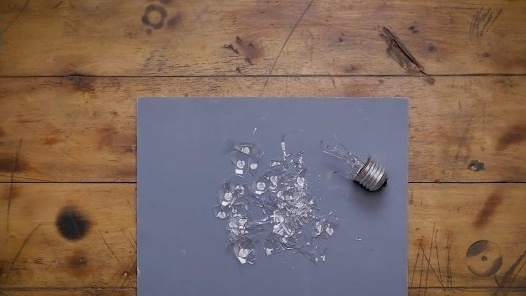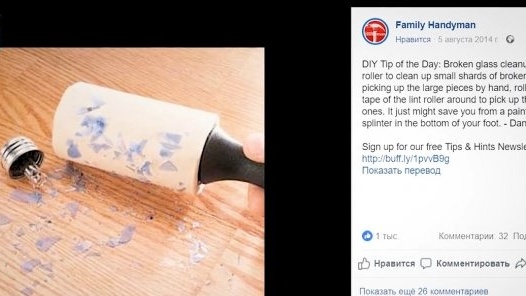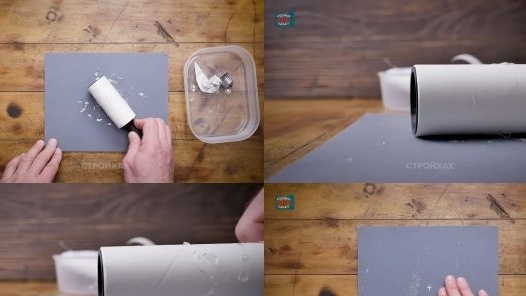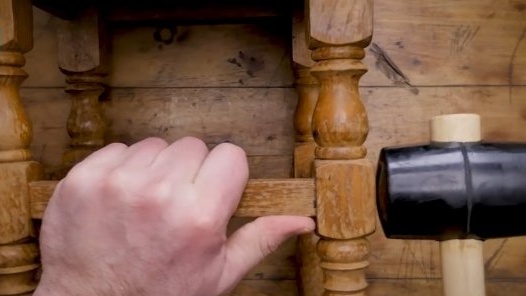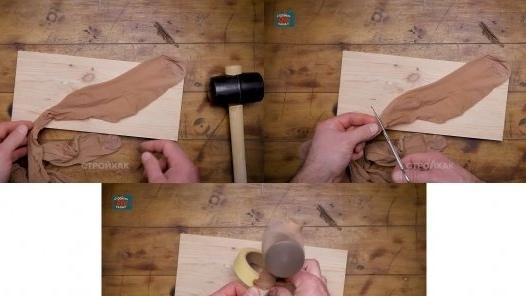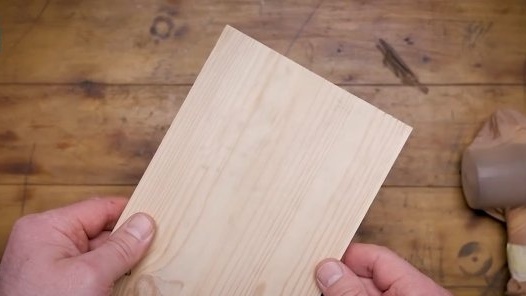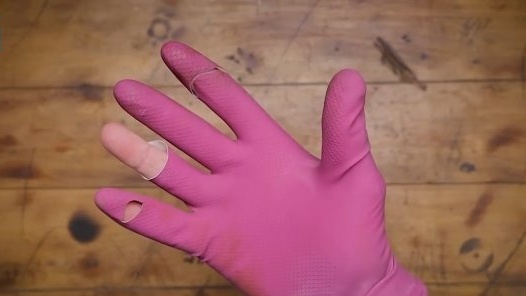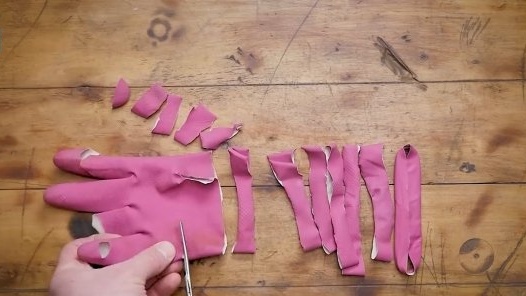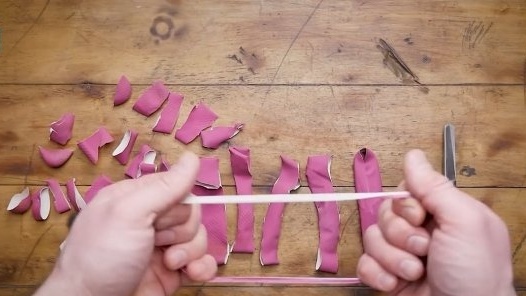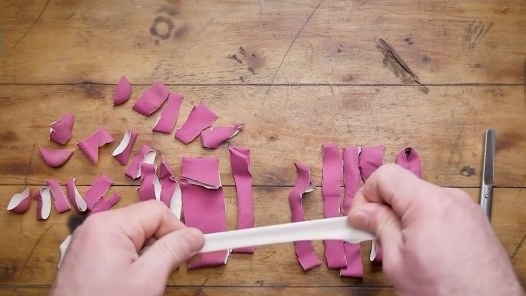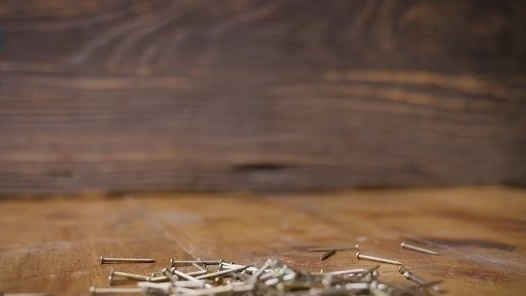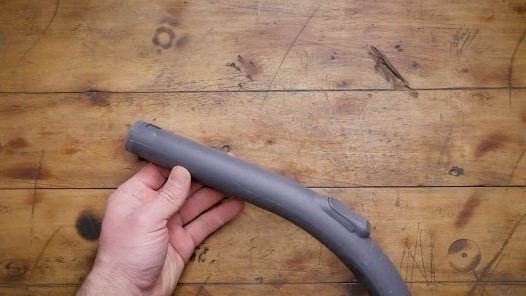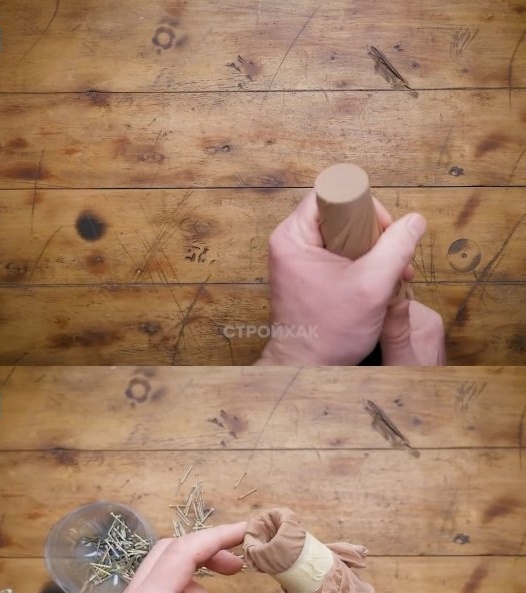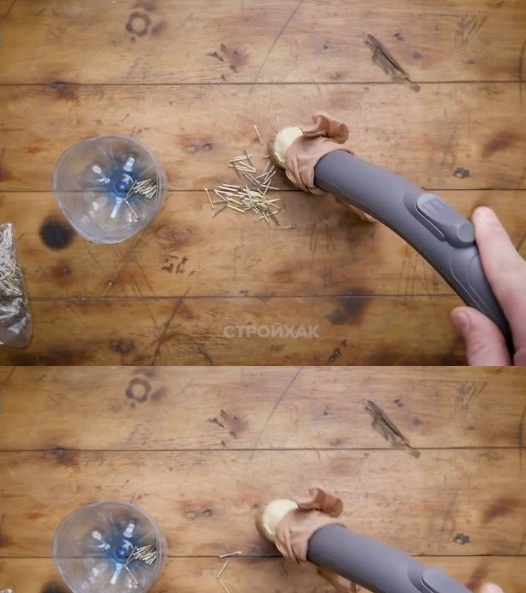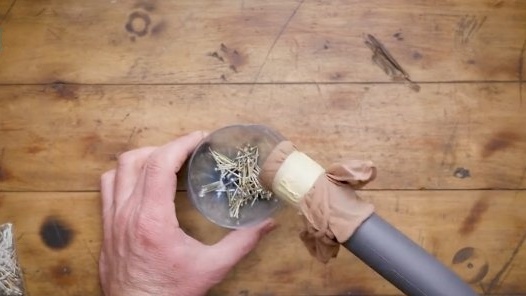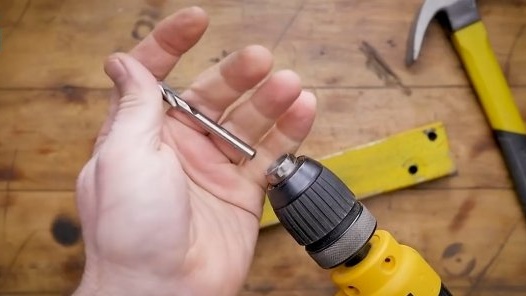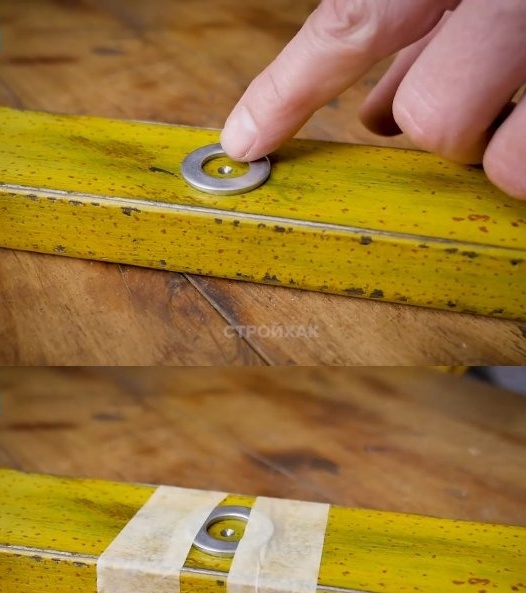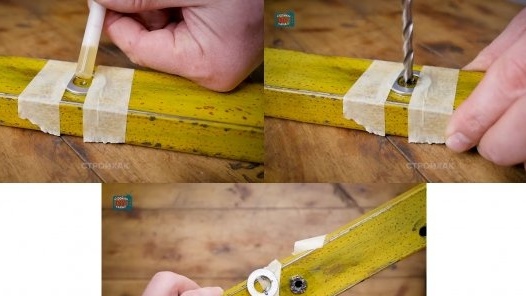Hello dear the inhabitants of our site. Not everyone knows foreign languages, so they often ignore YouTube channels of foreign craftsmen. Meanwhile, in their content you can also find many useful things that may be useful in the future.
So, we offer you an overview of the simple tricks used by European and American masters in performing various types of chores.
Trick 1. We facilitate the work of tightening bolts and nuts in the "blind" zone
If YOU are constantly faced with the need to tighten nuts and bolts in the “blind” areas, foreign masters advise you to purchase device called “FingerMaxx” (a special fingertip with a notch holding bolts and nuts).
However, most often such operations are of a one-time nature, so you can do without buying it.
As a substitute for FingerMaxx, masking tape or any other adhesive tape is perfect. Just wrap her little finger around it (first with the sticky side on the finger, then twist the tape and wrap the sticky side up several times). Put a nut or bolt on the adhesive tape - they hold perfectly on the finger, do not move out and do not move.
Now twisting these parts in the “blind” zone is not difficult.
Trick 2. Quickly and safely remove the fragments of the bulb
Another tip from the American settlers on our sites. If a bulb is broken in your apartment or in the workshop, then collecting small fragments can be a rather difficult procedure, plus there is a great risk of cutting yourself.
Our overseas comrades suggest collecting fragments of a “sticky” brush for cleaning clothes.
And this method really works. Of course, it will not work to remove all the glass from one time. But, using two or three sticky layers, all the small fragments are on the brush.
It remains only to carefully throw all this into the trash.
Trick 3. Modifying the rubber mallet
A rubber hammer is often used to assemble or disassemble wood products.
However, black rubber may leave marks on light wooden surfaces.
If such work is often performed, it is better, of course, to get a hammer with these strikers made of white rubber for these purposes. But what to do if you have only a “black” tool, and the work needs to be done urgently?
The author of the Family Handyman channel advises wrapping the hammer of such a mallet with old nylon tights.
They need to be cut in this way, and then covered with nylon hammer heads and secure it with adhesive tape.
Now, even with strong impacts, your tool will not leave black marks on a wooden surface.
Trick 4. Second life of a rubber glove
Among foreign craftsmen there are also representatives of economical use, which any - seemingly even spoiled - things find application. In particular, they suggest that old and damaged rubber gloves should not be thrown away.
You can cut them into transverse strips.
As a result, you will get a lot of rubber bands of different diameters, which are useful in the household.
Another nuance: it is better to immediately check them by stretching - some rubber bands will immediately tear, since the rubber gloves were not new - and discard strips unsuitable for further use.
Trick 5. Quickly collect spilled small items
Those who assemble and disassemble various products know that small parts such as nails, washers and bolts often fall to the floor and crumble. It takes a long time and tedious to collect them manually.
There is an easy way to quickly assemble these items. For him we need a vacuum cleaner, as well as scrap of unnecessary nylon tights or other elastic fabric that allows air to pass through.
We remove the brush nozzle from the vacuum cleaner so that only such a tube remains.
We pull nylon on it, and then make a recess in the center of the hole covered by it. To prevent a piece of synthetic fabric from flying off, we fix it with a masking tape.
We turn on the vacuum cleaner, and it instantly collects all our scattered nails into our improvised bag.
After collecting the scattered, we bring the vacuum cleaner tube to the box or other container where they were stored, and turn it off - everything collected falls there.
Quick and easy!
Trick 6. Continuous lubrication of the drill
When we need to drill a metal part, we lubricate the drill to cool and facilitate its movement.
However, if a hole is to be made in thick metal, the oil film is erased from the drill long before the end of this operation. You have to add grease again and again, which is not very convenient.
There is an easy way to keep it in the hole all the time, lubricating the drill. To do this, find a washer that fits the size, place it above the hole to be drilled and secure it with adhesive tape.
It remains to add grease. On a flat metal surface, it does not flow out from under the washer, and is constantly in the hole being drilled.
That’s all.
Thank you for your attention and good luck in all your creative endeavors!

